On April 9, Easter Sunday, we held our second sterilization campaign in two weeks in the Guanajuato neighborhood of Santa Fe, sterilizing 21 female dogs, 20 male dogs, 15 female cats, and 10 male cats. The large number of male dogs has been a recent phenomenon.
We decided to schedule an extra campaign there because on March 26, when we sterilized 77 animals, many more cases turned up than we could handle in one day. Despite the importance of the holiday, amazingly people in the area brought us 66 new cases and were willing to spend several hours patiently waiting for their pets to be sterilized.
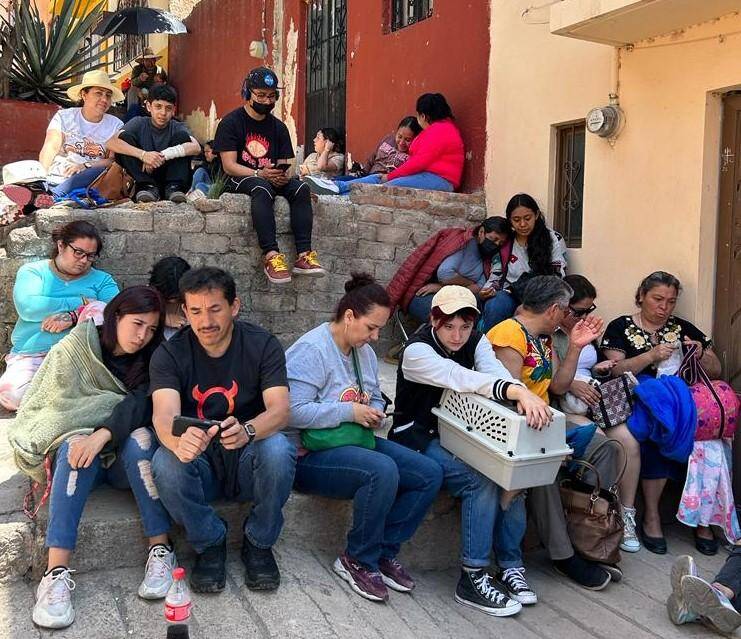
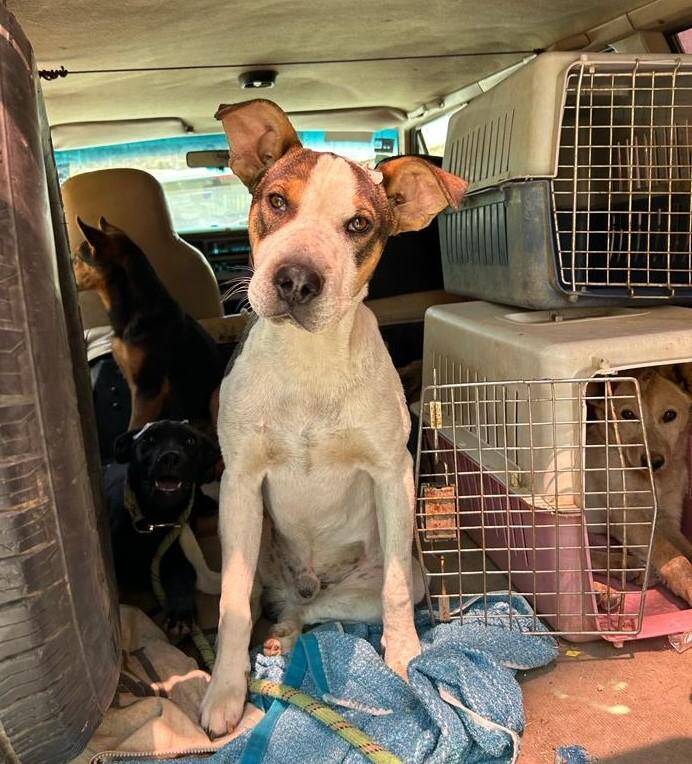
The campaign took place on the ground floor of an empty building that had electricity and water, two essentials for our work. While some members of our team were setting up equipment, volunteers Tony López and Dulce Sandoval gave out numbered cards to the patients’ owners in preparation for registering the cases. Because cats take longer than dogs to wake up after surgery, we try to sterilize the cats early in the day, registering two cats for each dog.
As soon as our equipment was in place and our surgical team was ready, Tony, Dulce, and Julia Salido began weighing the animals and putting ID labels on them. They wrote each animal’s name, case number, and weight on a strip of masking tape and stuck it onto the patient’s head.
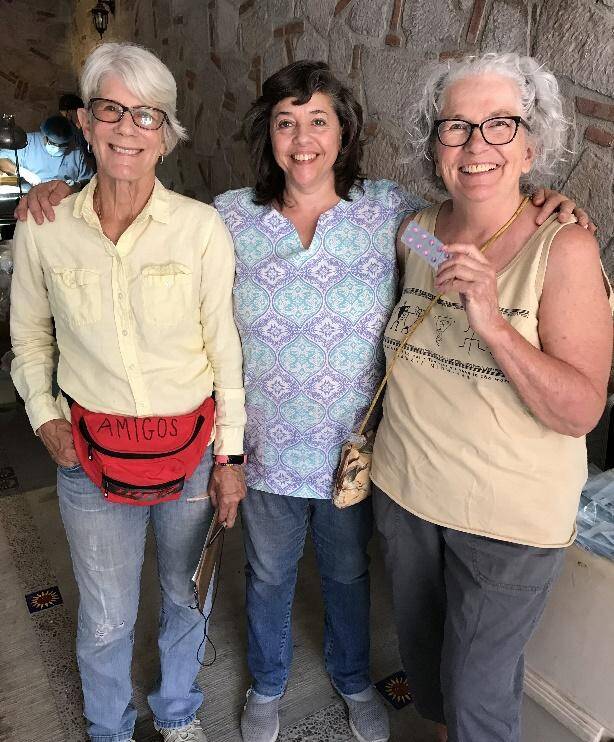
Next, our prep team went to work. Dr. Verónica Almaguer gave each animal an injection of anesthesia. When it fell asleep a moment later, it was placed in a V-shaped cradle to keep it correctly positioned. If the animal’s bladder was full, Vero Mares gently pressed on its belly to expel its urine into a plastic bag taped to the end of her table. Afterward she shaved the animal’s surgical site, vacuumed up the loose fur, and swabbed the site several times with a disinfectant.
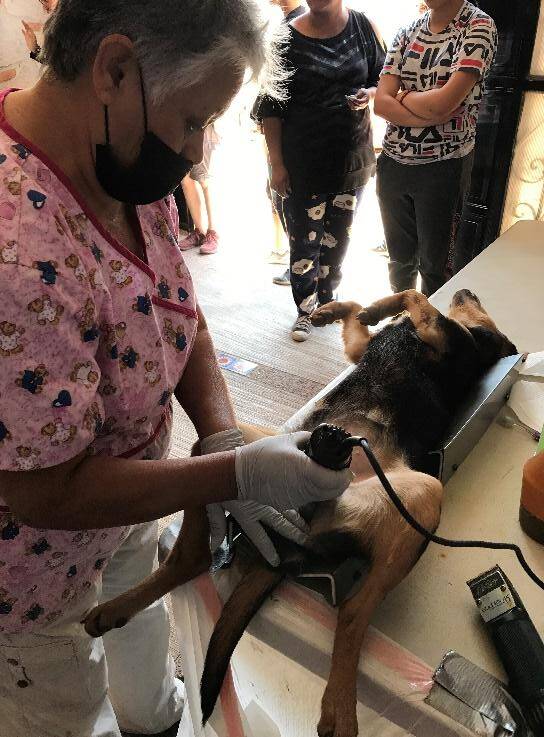
José Velázquez or another volunteer carried the prepped animal to a table close to the surgeons, where Carlos Donato, a veterinary student, gave it two injections: an antibiotic and a long-lasting analgesic (pain killer). Then he carried the animal to whichever of the two surgeons was ready for another patient.
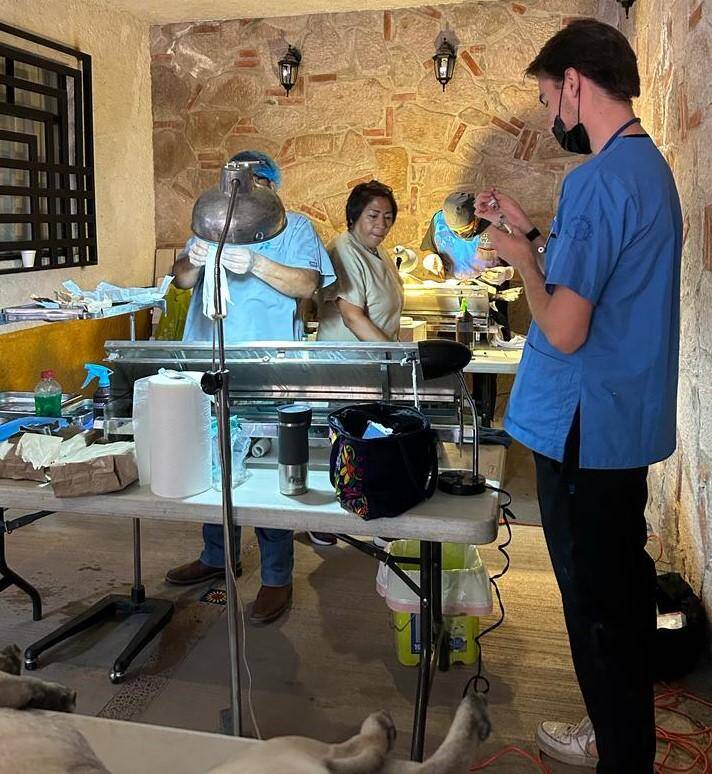
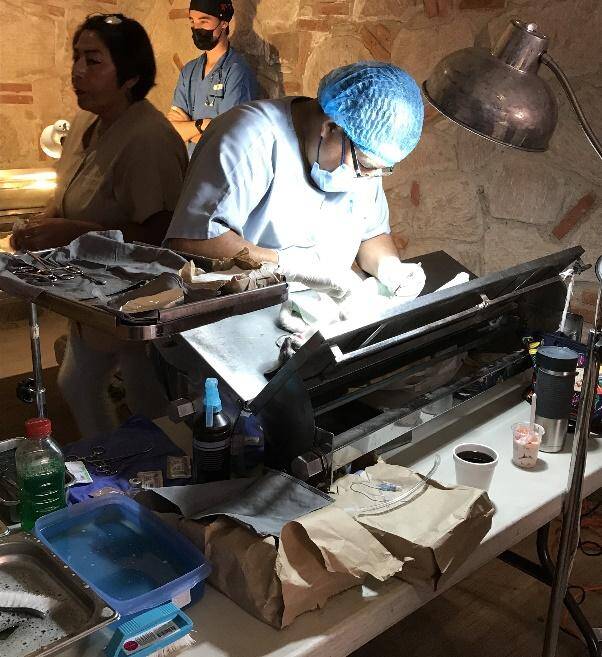
Meanwhile another vet student, Karla Ahumada, was preparing post-operative medications and instructions for the patients’ owners to take home.

In the recovery area, our volunteers placed cats in laundry baskets and dogs on cushions covered with newspaper in a corner of the floor away from the traffic, and then covered them with blankets. The animals’ tongues had been pulled outside their mouths to prevent them from choking on them.
While patients remain in the recovery area, they are checked frequently to be sure they are breathing normally and not bleeding. Marisol Velázquez also clipped the cats’ nails to prevent them from scratching their wounds after waking up.
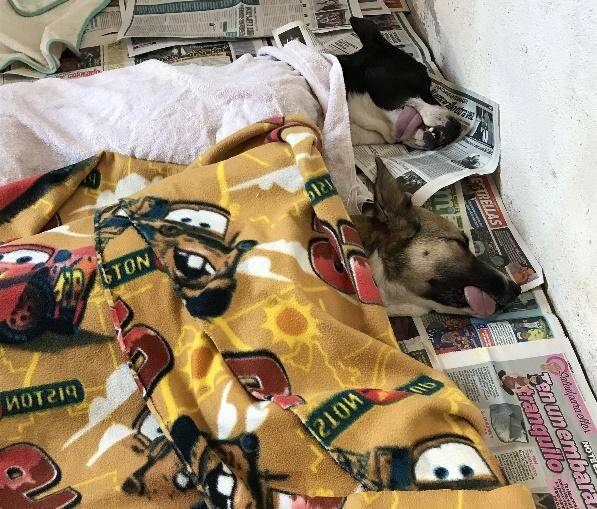

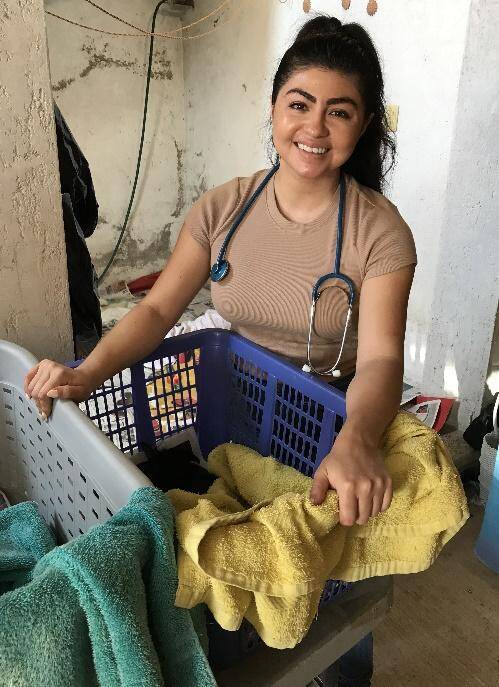
Elsewhere, near the door, our education coordinator, Tony López, was entertaining some young children by reading to them the text of our coloring booklet “Dar una mano a los animales” (“Give animals a hand”) and showing them the illustrations. The booklet describes the parallels between our human needs and our pets’ needs. After she finished reading the book to them, she thanked them for their attention and gave each of them a copy to take home.
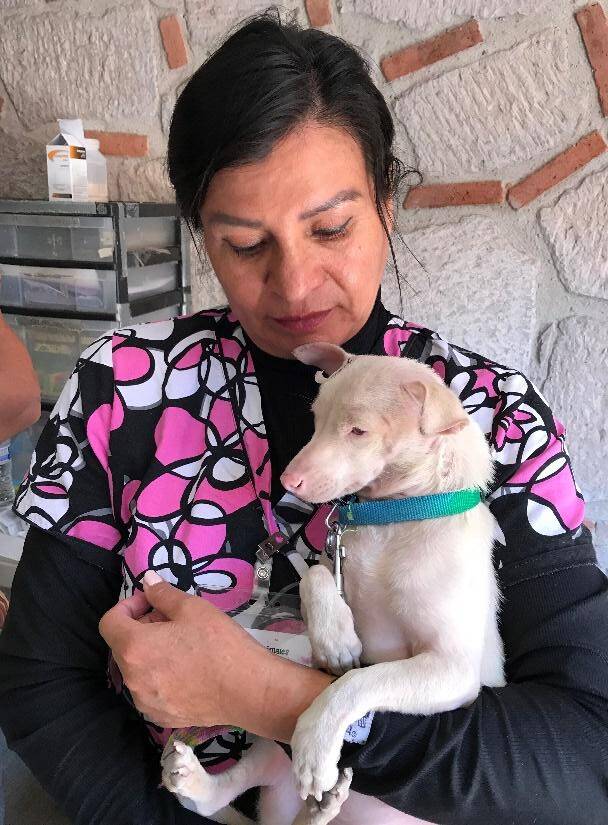
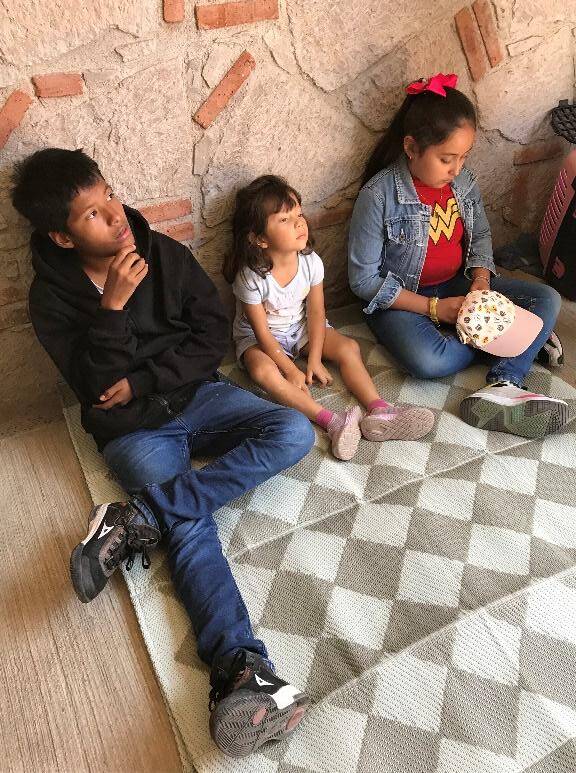
Other volunteers at the campaign, not mentioned here by name helped to set up the equipment, track the cases, sterilize the surgical instruments, carry the patients from one station to another, attend to animals needing to be comforted, and doing whatever was requested of them. Directing all this activity was Julia Salido, our campaign coordinator.
We are grateful to our amazing campaign team members, who work cheerfully under pressure and in challenging conditions. At this campaign they were Drs. Verónica Almaguer, Ricardo Montes de Oca, and Arturo Rocha; Julia Salido, campaign coordinator; and Karla Ahumada, Mary Beth Canavan, Carlos Donato, Fran Espinoza, Joel Geyiten, Tony López, Beth Lozano, Vero Mares, Adán Mata López, Dulce Sandoval, José Velázquez, and Marisol Velázquez.
